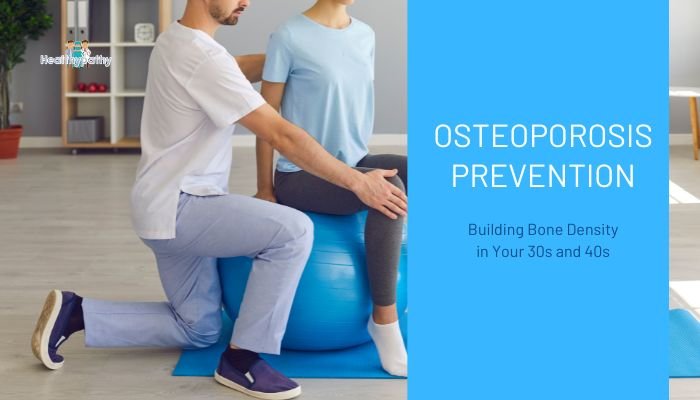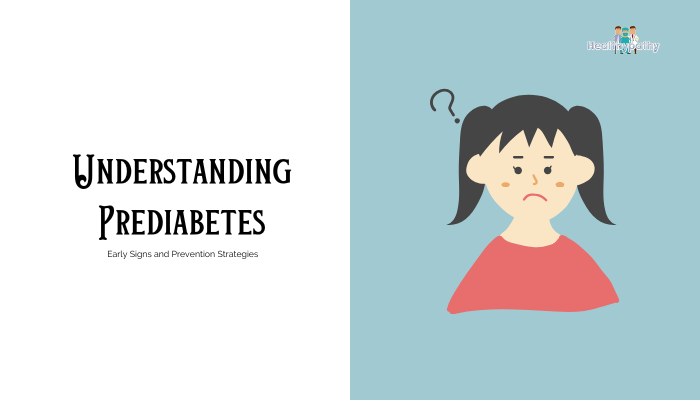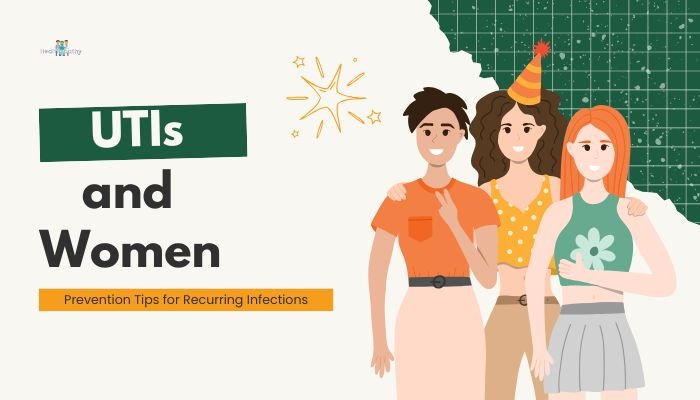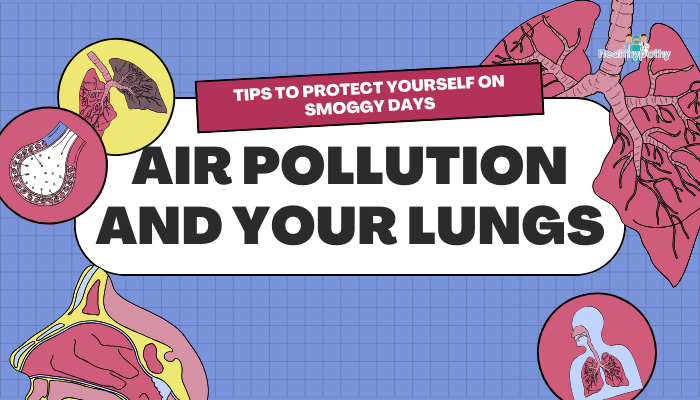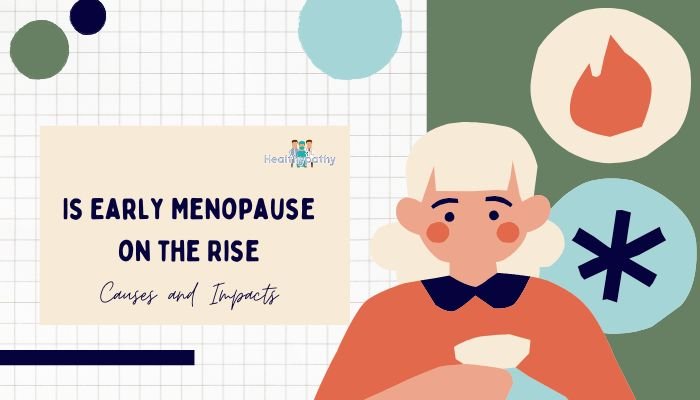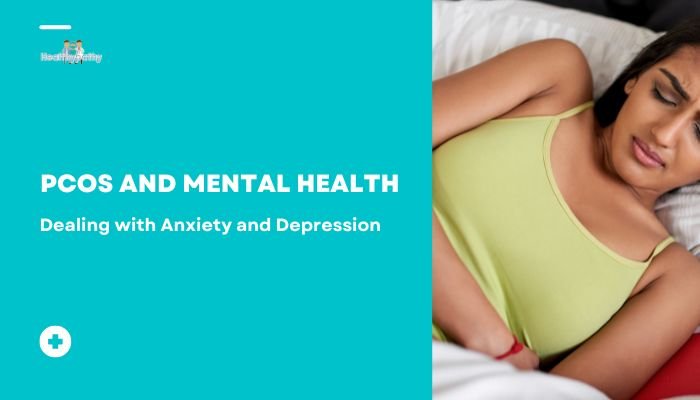Introduction
While osteoporosis often emerges later in life—especially post-menopause—it’s actually during your 30s and 40s that you can make the greatest impact on future bone health. By continuing (or even increasing) efforts to build and protect bone density during these middle years, you reduce your chances of age-related bone loss and fractures down the road.
This guide covers key osteoporosis prevention tactics, from nutrition and exercise to medical screening, ensuring a solid foundation for your bones well before they start to decline.
The Importance of Midlife Bone Health
Understanding Peak Bone Mass
Your peak bone mass occurs around your late 20s or early 30s—the point where your bones have reached their maximum strength and density. After that, bone breakdown gradually begins to outpace bone formation if not consciously maintained through lifestyle.
Why It Matters Now
- Prevent Future Loss: Slowing the rate at which bone density declines helps avert osteoporosis and fractures.
- Menopausal Transition: Women approaching perimenopause experience hormonal shifts, which can accelerate bone loss if estrogen levels fall drastically.
- Chronic Disease Risk: Strong bones tie to overall mobility and independence in later life—valuable for maintaining an active lifestyle.
Nutritional Strategies for Bone Support
Calcium Intake
Calcium remains central to bone maintenance. Women ages 31–50 generally need around 1,000 mg daily. Good sources:
- Dairy Products: Yogurt, cheese, milk.
- Non-Dairy: Broccoli, kale, calcium-fortified products (juices, plant-based milks).
If you struggle to meet your quota through food alone, a calcium supplement may help—but do so under medical guidance to avoid excess.
Vitamin D
Vitamin D ensures calcium absorption in the intestines. The recommended intake for adults commonly ranges between 600–800 IU daily, though some may require more if they have minimal sun exposure or risk factors for deficiency. Consider:
- Sunlight (Safe Exposure): Face, arms, or legs for 10–15 minutes, a few times per week.
- Dietary Sources: Fatty fish (salmon, mackerel), egg yolks, fortified cereals.
- Supplementation: If lab tests reveal deficiency.
Protein and Other Nutrients
- Protein: Adequate protein helps form bone matrix but aim for balance—excessive protein intake can prompt calcium excretion.
- Magnesium, Potassium, Vitamin K: Found in vegetables, whole grains, legumes—these support overall bone metabolism.
Exercise and Weight-Bearing Activities
The Role of Mechanical Stress
Bones adapt to the loads placed upon them. Weight-bearing and resistance exercises stimulate new bone tissue formation:
- Weight-Bearing Cardio: Jogging, brisk walking, dancing, or hiking force your skeleton to bear your weight.
- Resistance Training: Lifting free weights, using resistance bands, or performing bodyweight exercises (push-ups, squats) challenge muscles and bones.
Aim for Regular Sessions
Combine activities at least 3–5 times weekly, mixing moderate-intensity cardio with 2–3 sessions of strength training. Consistency trumps intensity for bone-building over the long haul.
Healthy Lifestyle Choices
Maintain a Healthy Weight
Excessively low weight can contribute to bone density decline, while significant obesity might hamper your mobility or lead to joint stress. Find a balanced approach for your body type.
Avoid Smoking and Limit Alcohol
- Smoking can accelerate bone loss by harming the bone’s remodeling cells.
- Alcohol in large amounts negatively impacts calcium balance and hormone regulation, weakening bones.
Manage Stress and Sleep
Chronically elevated stress hormones (like cortisol) and insufficient sleep can contribute to bone breakdown. Prioritize 7–9 hours of rest nightly and explore stress relief methods like yoga or meditation.
Screening and Medical Considerations
Bone Density Scans (DEXA)
While routine DEXA scans (dual-energy X-ray absorptiometry) often start around age 65, earlier scanning is advised if you have:
- Strong Family History of osteoporosis or fractures.
- Chronic Steroid Use or other medications interfering with bone density.
- Risk Factors like low BMI, smoking, or early menopause.
Supplements or Medication
If lab tests show a predisposition to low bone density or mild osteopenia, your physician might discuss:
- Calcium and Vitamin D Supplements
- Prescription Bone-Building Meds (like bisphosphonates or selective estrogen receptor modulators) in certain high-risk cases.
Working with Healthcare Professionals
An endocrinologist or a specialized bone health expert can interpret tests, manage ongoing conditions (e.g., thyroid disorders), and offer tailored strategies for preserving bone density.
Tips for Long-Term Bone Wellness
- Track Dietary Intake: Use apps or diaries to see if you consistently meet daily calcium goals.
- Diversify Exercise: Alternate your routine with interval running, resistance training, and daily walks.
- Mindful Stress Management: Chronic stress can hamper bone formation; adopt relaxation techniques.
- Address Coexisting Conditions: Conditions like PCOS, celiac disease, or early ovarian failure may demand specific bone-focused interventions.
Conclusion
Your 30s and 40s represent crucial years to fortify and maintain bone density before the acceleration of bone loss that can accompany menopause. By focusing on calcium- and vitamin D-rich nutrition, consistent weight-bearing exercise, and mindful lifestyle habits (e.g., avoiding smoking, limiting alcohol, managing stress), you build a solid foundation. Early detection and proactive measures—like DEXA scans or medication if indicated—further safeguard you against osteoporosis and fractures in the future. With diligence now, you’ll better protect your mobility and independence for decades to come.
References
- National Osteoporosis Foundation. Bone health and osteoporosis guidelines: prevention strategies in midlife. 2021.
- World Health Organization (WHO). Prevention and management of osteoporosis. 2022.
- U.S. Preventive Services Task Force (USPSTF). Osteoporosis screening recommendations. 2018.
- American College of Obstetricians and Gynecologists (ACOG). Women and bone health: guidelines for calcium, vitamin D, and exercise. 2019.
- National Institutes of Health (NIH) Office of Dietary Supplements. Calcium and vitamin D fact sheets. 2023.

